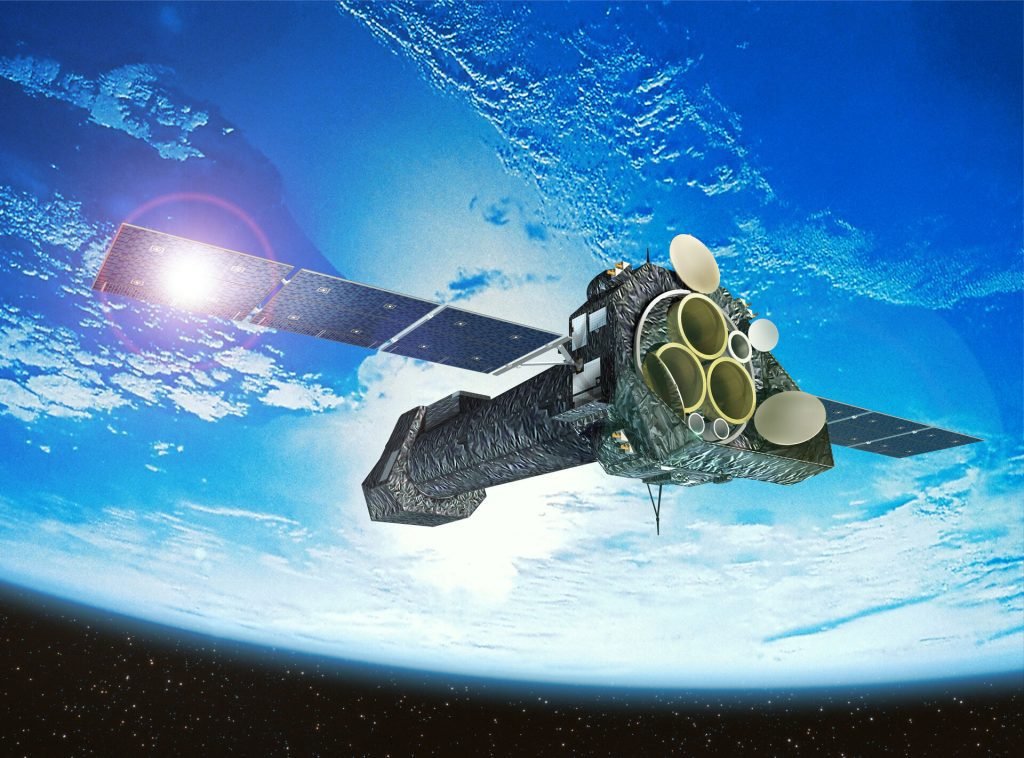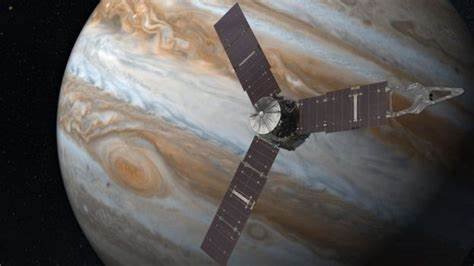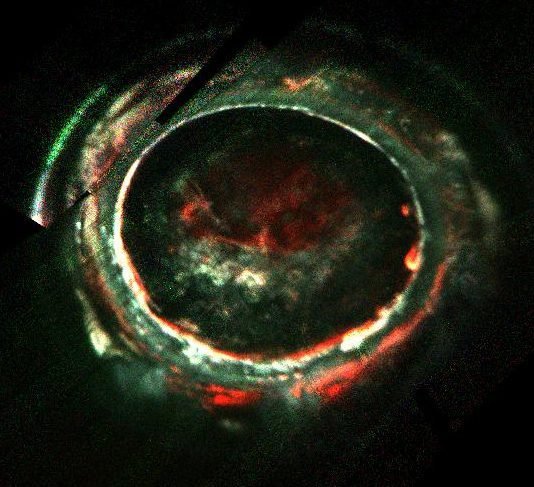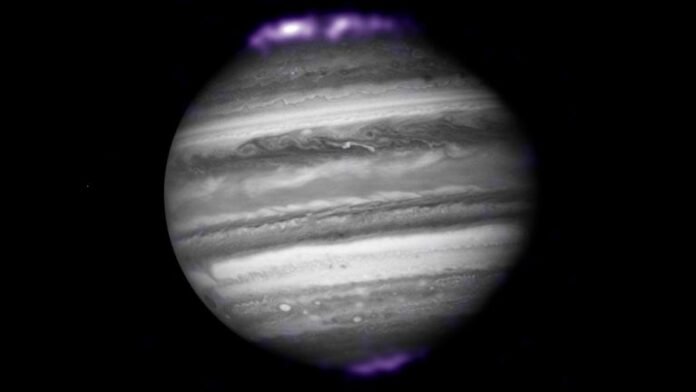For 40 years, nobody could explain how auroras in Jupiter were formed. Now, data from probes can give an answer.
Source: Universe Today
Ions have been fingered as the cause of the aurora for a long time, but it wasn’t clear how exactly they got into the atmosphere. To figure that out, first researchers had to figure out where the ions were coming from. A hint was found in the position of the aurora itself.
Earth-based auroras usually take place between 65 and 80 degrees latitude, but don’t exist beyond 80 degrees. At that point, the Earth’s magnetic field, which guides the ions into the atmosphere to create the auroras, joins up with the magnetic field created by the solar wind, and ferries the ions out to join the roiling sea of other particles passing by.
In the post about coronal mass ejection, it’s shown auroras formation on Earth and other curiosities.
What is coronal mass ejection?Click here
Jupiter, on the other hand, regularly has auroras that show up beyond that 80 degree line, and the auroras can appear differently at the northern and southern poles, whereas on Earth they would be similar. This all points to the idea of a “closed” magnetic field, which means that the magnetic field of a planet emanates from one point and rejoins the planet at another, without ever being tied into the magnetic field caused by the solar wind.
To test this new theory of how Jupiter’s magnetic field might be arrayed, Dr. Zhonghua Yao of the Chinese Academy of Sciences, Beijing, modeled different aspects of Jupiter’s magnetic field. The result most consistent with the varying, pulsating auroras seen in observations was a closed magnetic system where the gas giant’s magnetic field started at a pole, extended millions of miles into empty space, and then returned back to the planet.
With this improved understanding of the theory of Jupiter’s magnetic field, it was time to take some measurements. Luckily two tools were close at hand – the XMM-Newton, a near-Earth based X-ray observatory, and Juno, which recently released a spectacular video showing details of one of its flybys of the Jupiter system.



In 2017, XMM-Newton turned its optics to Jupiter for a full 26 hours, seeing an X-ray aurora pulse every 27 minutes. At the same time, Juno was passing just above the planet’s surface collecting magnetometer data. When comparing the two datasets, it became clear that the auroras were being caused by changes in Jupiter’s magnetic fields.
Those fluctuations appear to come from a type of “wave” that exists in the field itself. Technically called an electromagnetic ion cyclotron (EMIC) wave, they are created when the magnetic field itself is compressed by the solar wind bumping into it. Heated particles that are compressed inside the magnetic field are then forced into a wave pattern, where they follow the magnetic field lines toward the poles, where they rejoin the atmosphere, and then create the auroras.
Researchers, led by Dr. William Dunn of University College London, were able to track the wave creation to aurora process using the two data sets. And they think that the same system might exist on other gas giants as well. The ion type might be different (Saturn has water ions from Enceladus compared to Jupiter, who has sulfur spewed from Io), but the process would be almost the same. It might even take place on exoplanets as well.



